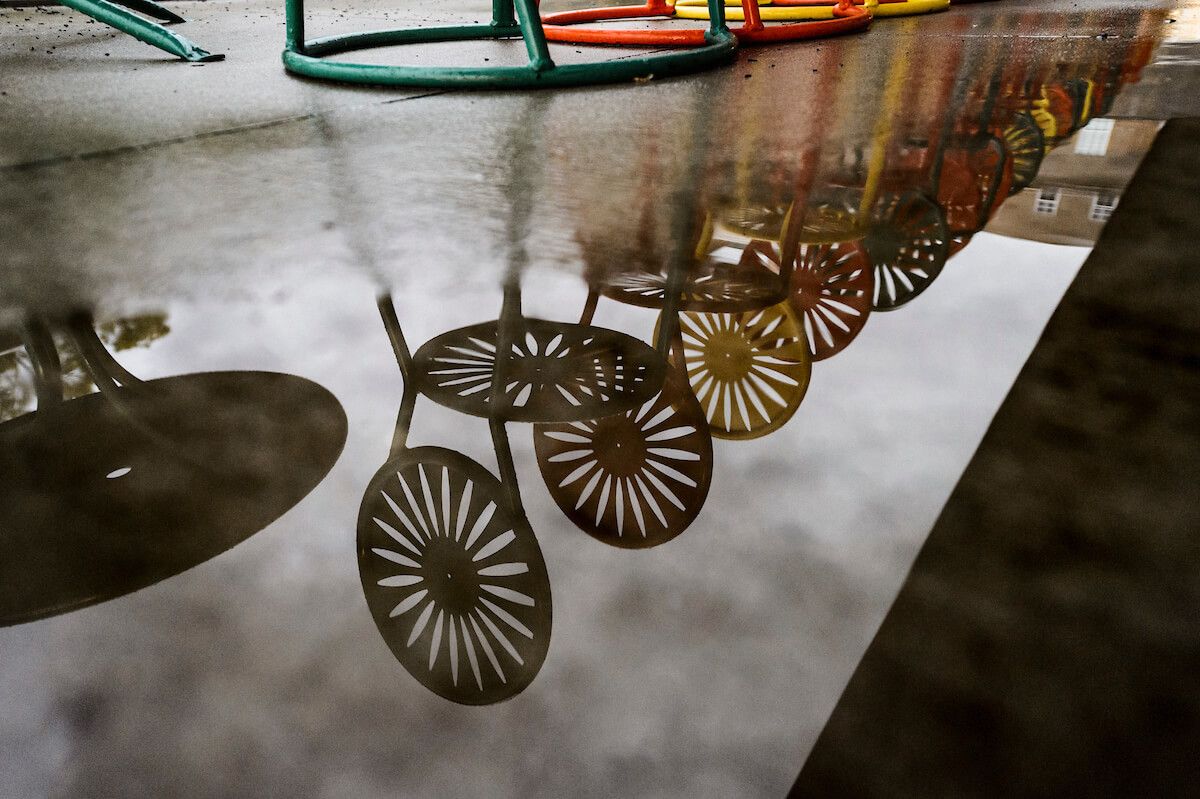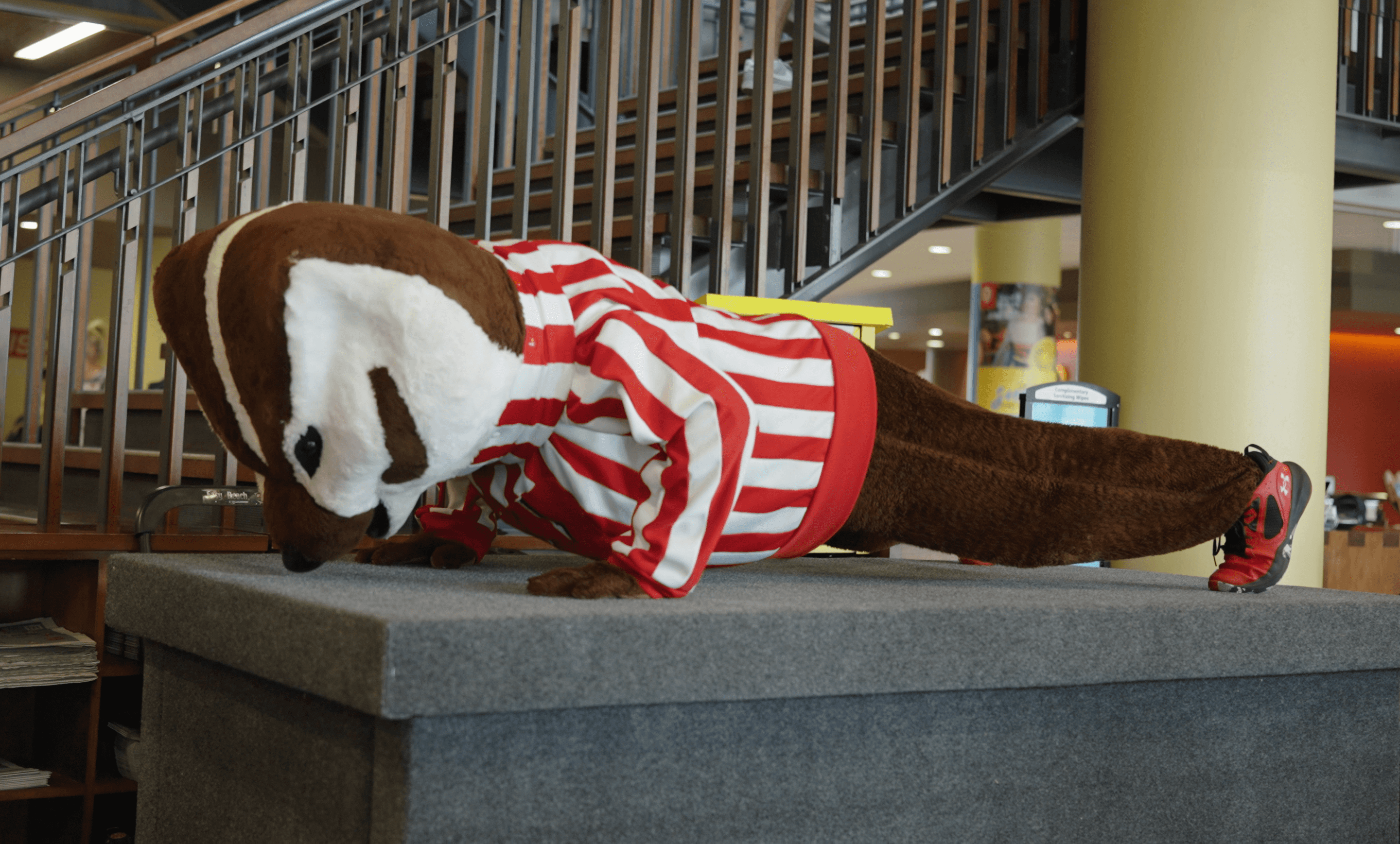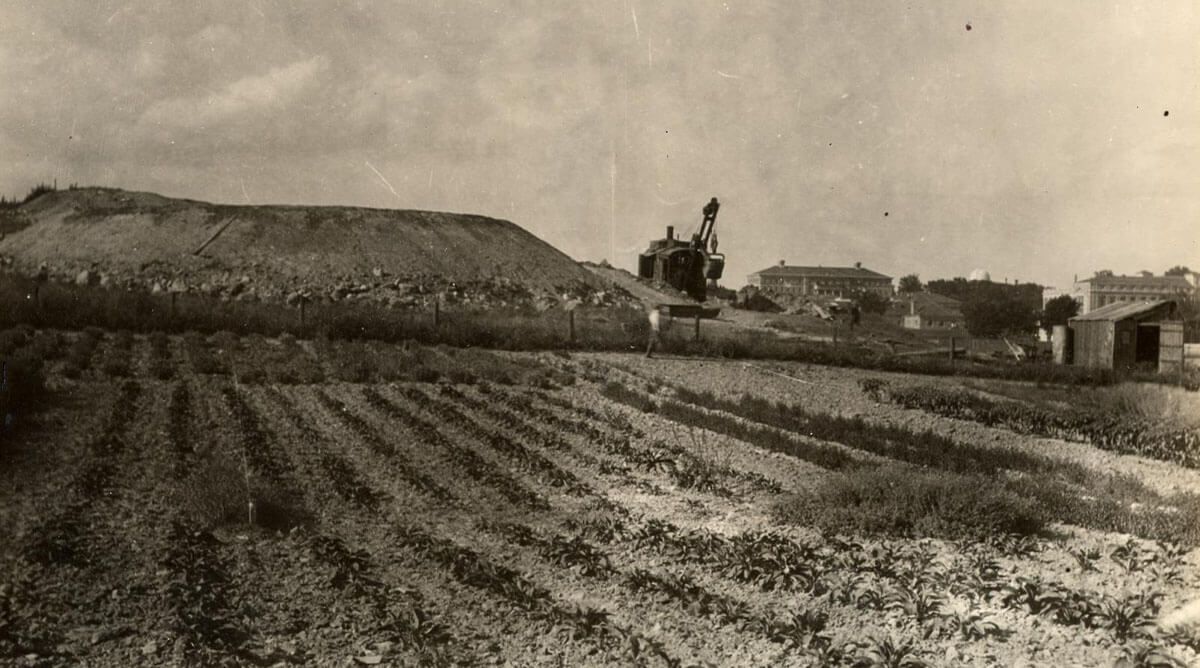Rosie the Riveter is an American icon. Grease-stained and muscular, she symbolized the effort to remake U.S. industry during World War II, a new collection of laborers who entered the workforce to help the country set aside consumer goods and provide front-line soldiers with tanks and planes and machine guns.
If the effort to stop COVID-19 is a war, then April Weir MS’07, MBA’13 may be its Rosie. When she learned that front-line healthcare workers lacked personal protective equipment (PPE), she began producing it from her own home, relying on her 3D printer. In time, she united 40 other 3D printing enthusiasts to churn out thousands of face shields.
“The quarantine started on March 13, and on March 14, I saw an article about someone [printing shields],” she says. Intrigued, she used her 3D printer to create a shield from an open-source design, working at her home in Waunakee, Wisconsin. “Through a friend, I got connected to GHC [Group Health Cooperative, a Wisconsin health services provider], and they said they needed, 500 to 1,000 a week. So, within days I got the idea, we did a test print, changed the design, got a commitment from GHC, and assembled a team of printers in the area.”
Weir’s career connects a wide variety of disciplines. She came to the UW to study biochemistry, but after earning her master’s, she left to work in the pharmaceutical industry. She came back to the UW for an MBA, and currently she works for InClin, a company that manages human clinical trials for pharmaceutical companies (including ones that are searching for COVID-19 therapeutics).
On Christmas 2019, Weir gifted her husband, David Hauptman, a 3D printer. Hauptman wanted to learn to play violin, and so he and Weir created a system to print violins based off a design from the famed Stradivarius. After taking the design through 200 iterations, each with its own small change, that hobby evolved into a “side gig,” in Weir’s words: a word-of-mouth business manufacturing violins out of polylactic acid (PLA), a variety of plastic. In just a few days, Weir and Hauptman can create a violin — all but the strings and chin rest — in any color, at relatively low cost. Before that business really got going, the pandemic hit. It quickly became clear that medical facilities lacked sufficient PPE, so Weir turned her efforts to making face shields.
Though potential designs were available online for free, they weren’t always practical. A face shield is essentially made of two pieces: a clear screen and a headband to hold the screen in front of the wearer’s face. While a 3D printer’s PLA could easily make the headband, the clear screen was more difficult.
“I was trying to find this plastic, the actual shield part, and it was impossible,” she says. “I couldn’t find it anywhere in the country, or else, if I did find it, it was ridiculously expensive, and then you have to find someone to cut it. It was just a mess. So I thought, what if we just use transparent paper? And that’s what this is — like overhead projector paper.”
With overhead projector sheets in place of the shield, Weir refined her design to print the headbands so that they could be attached using a standard office three-hole punch. The entire product costs as little as $1.
Weir and her team of volunteers have provided nearly 1,000 shields to GHC and hundreds of others to people who need them.
“Eventually we started a GoFundMe [online charity],” Weir says, to help supply healthcare workers. “Large groups of nurses would come to us, and their institutions weren’t supporting them or providing them with PPE. So they had got together to get their own to pay for it themselves, and I don’t feel right charging them.”
Other clients include churches and even a chocolate shop. Weir says that she and her team will continue to supply shields as long as they’re needed. There will be plenty of time to fiddle when the pandemic passes.






